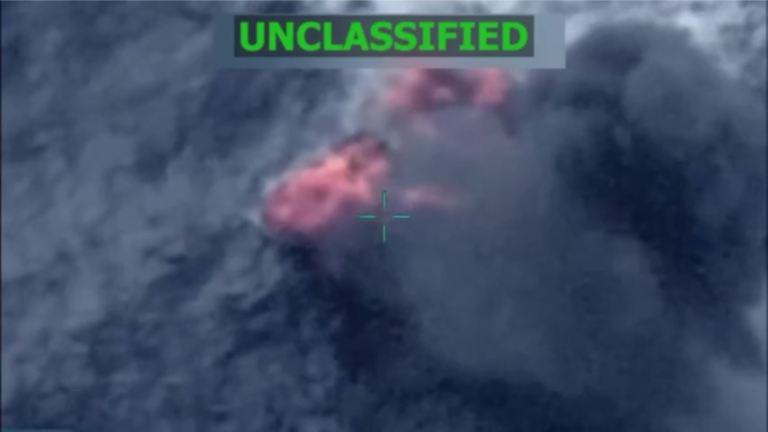This Is How You Choose The Best Camping Tarp
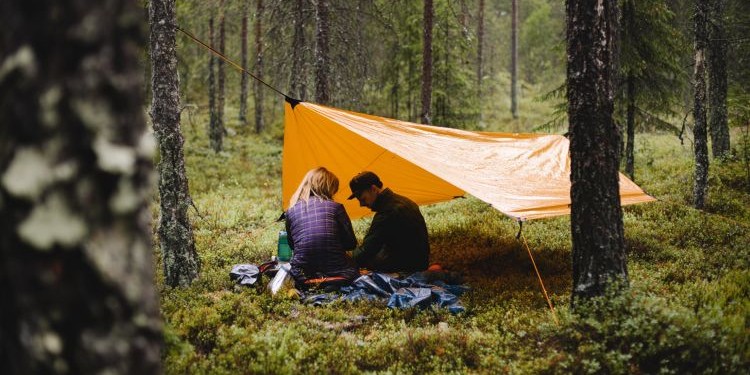
Let me be blunt: if your “bug-out shelter” is just a tent you bought on sale at a big box store, you’re not ready.
A proper camping tarp is one of the most underrated survival tools in your entire kit. Forget the flimsy emergency blankets and those overpriced “tactical” shelters that rip the first time the wind actually does what wind does. A good tarp does everything — it shelters, conceals, collects water, traps heat, protects gear, and even becomes a stretcher if things get real.
So why aren’t more preppers obsessed with getting the right tarp?
Because most people are being fed garbage. Sponsored influencer reviews, “top 10” lists written by folks who’ve never spent a night off-grid, and yes, government agencies who’d rather you wait for FEMA than prepare for yourself.
Here’s what they won’t tell you—but I will.
What Actually Matters in a Survival Tarp
Let’s get one thing clear: not all tarps are created equal. If you’re buying a “camping tarp” that looks like it was made to cover a backyard grill, congratulations—you’ve purchased a plastic napkin. In a survival situation, the right tarp isn’t just shelter — it’s protection from exposure, visibility, and total system collapse. You need one that can take a beating, stay silent in wind, and handle the elements like it’s been to war. We’re talking military-grade thinking without the price tag.
Related: The Best EDC Flashlight For All Uses
Size also matters—don’t let anyone tell you otherwise. You need at least an 8×10 ft tarp to cover a single person with gear, and ideally larger if you’re setting up for family or building multi-layered shelter systems. Too small, and you’re soaked. Too thin, and you’re shredded. And while you’re at it, don’t skip the attachment points — reinforced corners, multiple grommets, and tie-out loops give you options. You want flexibility whether you’re building a lean-to, an A-frame, or wrapping a cache site in the woods.
Related: What You Really Need In Your SHTF First Aid Kit
And here’s something most “gear experts” never mention: noise discipline. Cheap tarps flap. They crinkle. They scream in the wind. A good survival tarp stays quiet—it blends into the environment, doesn’t flash light, and won’t give away your position when you’re trying to stay off the radar. Every sound you make out there is an invitation to whatever—or whoever—is listening. Your tarp should keep you hidden, dry, and unnoticed. That’s what really matters when SHTF.
Top Tarp Picks for Survivalists & Preppers
I handpicked three tarps that actually make the cut. No fluff. No fluff influencers. Just what works when the system collapses and no one’s coming to save you
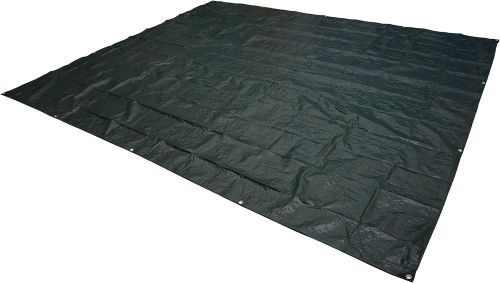
Amazon Basics Waterproof Camping Tarp
Why It Works:
- This isn’t some flashy “tactical” tarp—it’s pure utility.
- Waterproof polyethylene coating that actually holds up under storm conditions.
- Rust-resistant grommets that won’t tear your guy lines out when the wind picks up.
- Jet black = stealth mode.
When to Use It:
- Excellent for ground cover in muddy terrain or an emergency rainfly over your gear.
- Makes a solid base layer in a tarp-shelter system.
Downside? It’s not ultralight—but when you’re trading weight for durability, this is worth every ounce.
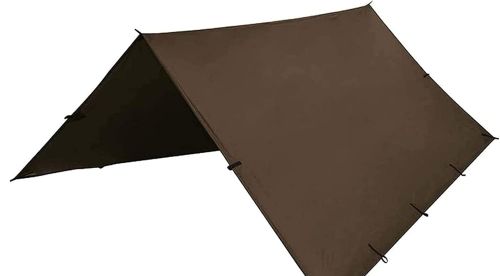 KALINCO Waterproof Multifunctional Tarp
KALINCO Waterproof Multifunctional Tarp
Why It Works:
- 210D ripstop polyester — lightweight but doesn’t sacrifice strength.
- PU 3000mm waterproof coating — translation: it laughs in the face of heavy rain.
- Comes with ropes and stakes = out-of-the-bag deployment.
Survival Use Cases:
- Emergency lean-to? Done.
- Ground cloth for your tent? Easy.
- Camo cover for gear or firewood? Perfect.
Bonus: Comes in camouflage, which is rare for tarps this lightweight. You’re prepping, not inviting attention.
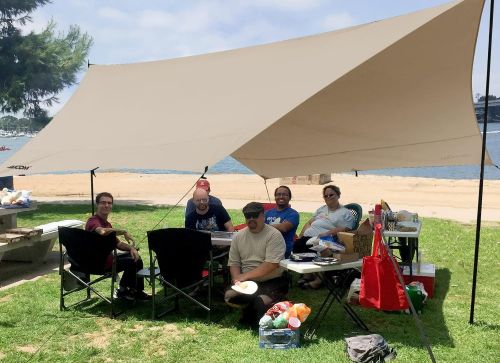 JAICOM Waterproof Lightweight Camping Tarp
JAICOM Waterproof Lightweight Camping Tarp
Why It Works:
- Lightweight and compact — bug-out bag approved.
- 210T polyester = slightly more refined finish without compromising toughness.
- Heat-sealed seams and water pressure rating that keeps you dry when the skies go biblical.
Where It Shines:
- Backpacking bug-out routes, where weight matters more than bulk.
- Great as a secondary layer over bivvy bags or small tents for added protection.
- Also works for concealed stash shelters — if you’re hiding supplies off-grid, this covers them without drawing the eye.
Final Warning: Your Shelter Is NOT Optional
There are two kinds of people: those who prepare, and those who wait. And let me tell you, waiting will get you killed. The first 48 hours of any crisis separate the survivors from the statistics. If you don’t have a tarp, you’re sleeping wet. You’re losing body heat. You’re risking infection, illness, and exposure. And in a real collapse scenario, no one’s sending a rescue team. No warm blankets. No FEMA trailer. Just rain, wind, and the cold hard truth.
Your tarp is more than just a tool—it’s a line between life and death. You’ll use it as your roof, your stretcher, your water catchment, your barrier from predators—two-legged and four-legged. It’s a cornerstone of real-world prepping, and yet it’s ignored because it’s not sexy. But here’s the truth: the sexy gear won’t save you. The tarp will.
Don’t be the one who figured that out too late.
You may also like:

Your Bug Out Bag
How to Make the Ultimate Fire Starter That Burns Like Hell (Video)
How Did People Survive the Wilderness Road?
Why Every Prepper Needs 550 Paracord (And How to Choose the Best One)
Read the full article here




